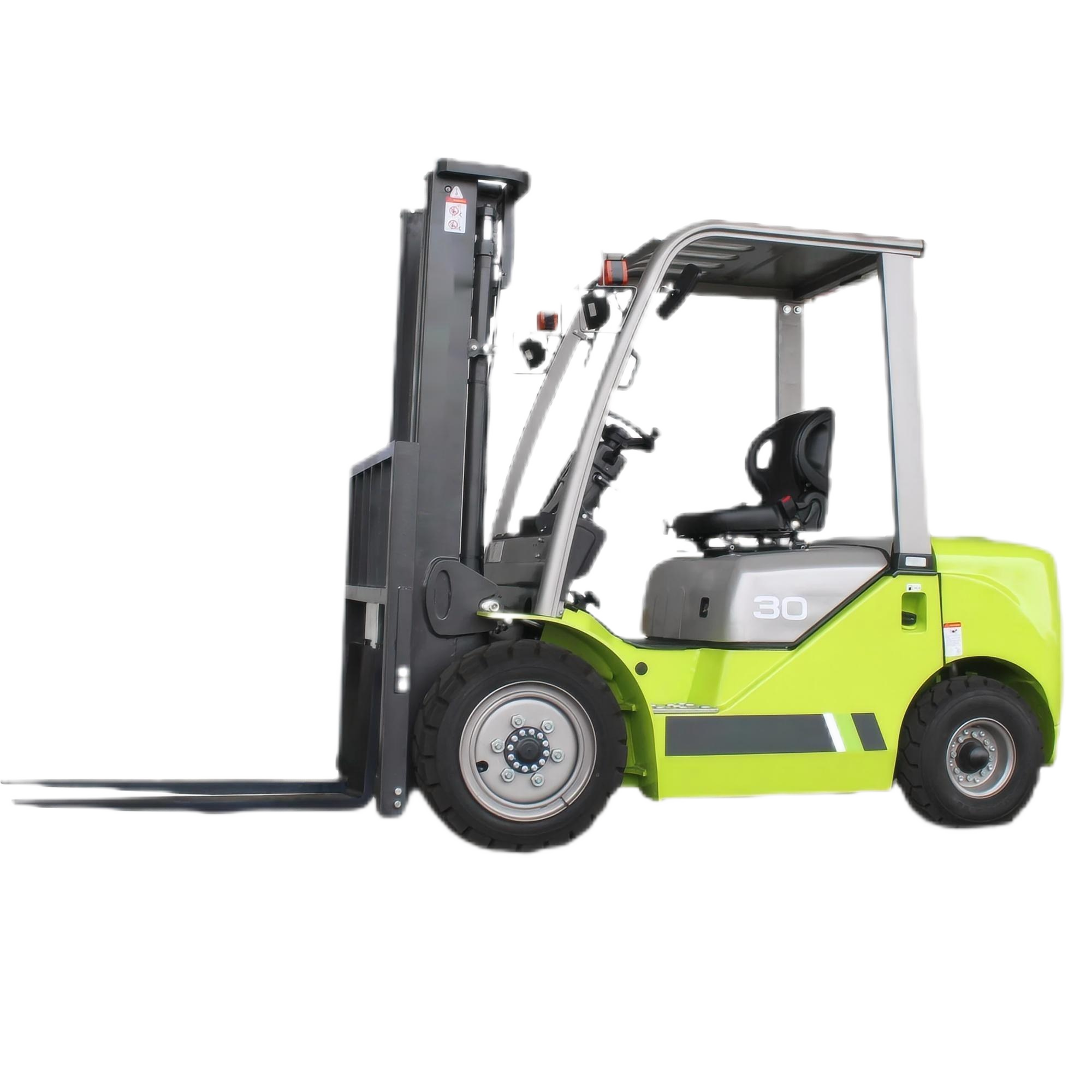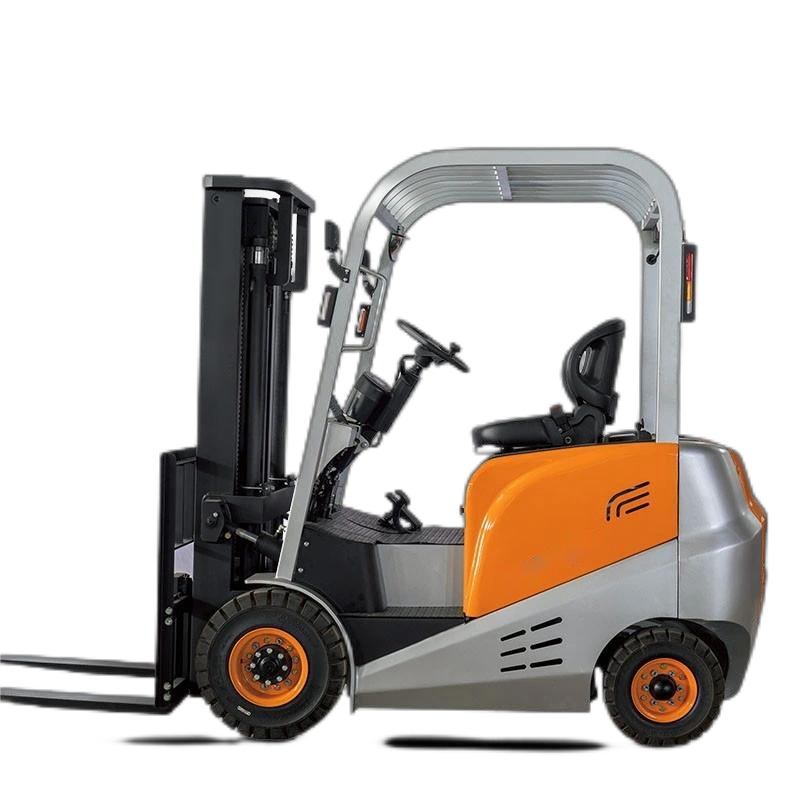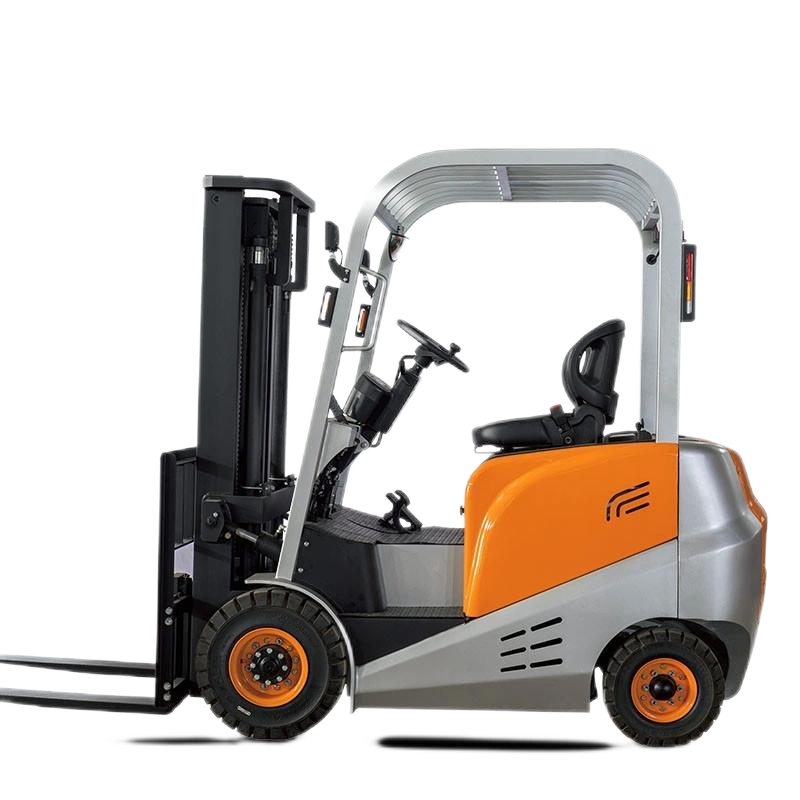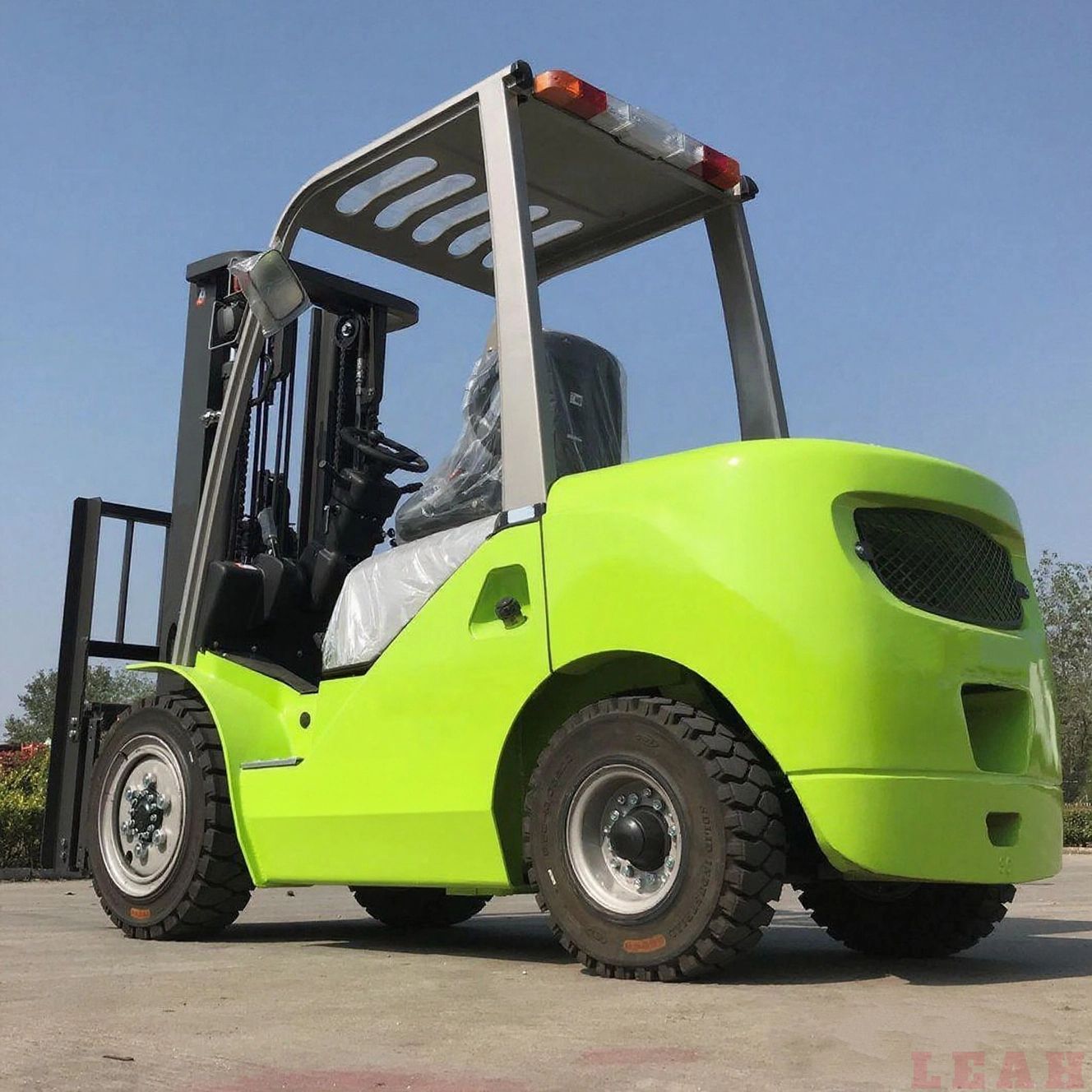The battery of an electric forklift is its core power source, and its type directly affects the forklift's range, charging efficiency, service life, and applicable scenarios. Currently, the mainstream batteries for electric forklifts are mainly divided into two major categories: lead-acid batteries and lithium-ion batteries, with a small number of nickel-metal hydride (Ni-MH) batteries used in specific scenarios. The following is a detailed comparative analysis from the perspectives of performance, applicable scenarios, advantages, and disadvantages:
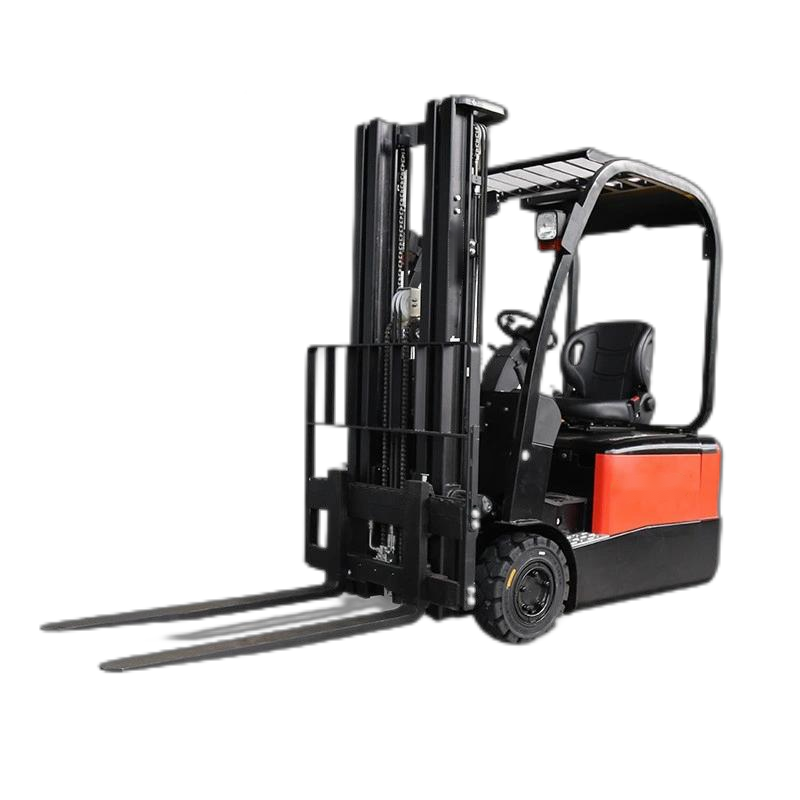
Lead-acid batteries are the traditional mainstream choice, while lithium-ion batteries are an upgraded solution that has spread rapidly in recent years. The two differ significantly in technical characteristics and application scenarios, with specific comparisons as follows:
In addition to the two mainstream battery types mentioned above, the following types are used in some special scenarios but have not been widely popularized due to cost or performance limitations:
- Features: High safety, no memory effect, better low-temperature performance than lead-acid batteries. However, its energy density is lower than that of lithium-ion batteries, its cost is higher than that of lead-acid batteries, and its cycle life is approximately 1,500-2,000 charge-discharge cycles.
- Applicable Scenarios: Niche scenarios with extremely high environmental protection requirements (no heavy metal pollution) and low-temperature operations (e.g., around -20°C), such as pharmaceutical cold chain laboratories.
- Features: Known as the "safe version" of lithium-ion batteries, it has much better thermal stability than traditional ternary lithium batteries (cobalt-free, not prone to fire at high temperatures) and a longer cycle life (3,000-6,000 charge-discharge cycles). However, its energy density is slightly lower (approximately 90-150 Wh/kg).
- Applicable Scenarios: Scenarios with extremely high safety requirements (e.g., food processing workshops, hazardous materials warehouses). It is one of the important development directions for the lithium-ionization of electric forklifts in recent years.
- Low operation intensity (≤6 hours of operation per day) and single-shift work;
- Limited budget, with a focus on minimizing initial investment costs;
- Having dedicated personnel responsible for battery maintenance (water refilling, charging management);
- Normal-temperature operation environment (above 0°C) with no low-temperature requirements.
- Multi-shift continuous operations (needing fast charging, e.g., 24-hour three-shift work);
- Special operation environments (low temperatures ≤0°C, narrow spaces requiring lightweight forklifts);
- Pursuit of long-term economy (reducing maintenance costs and extending equipment service life);
- No dedicated personnel for battery maintenance, requiring a "maintenance-free" solution.
- If choosing a lithium-ion battery, be sure to select products equipped with a BMS (Battery Management System) to avoid safety risks caused by low-quality batteries;
- Lead-acid batteries require a separately planned charging area (to prevent electrolyte leakage and corrosion), while lithium-ion batteries can be charged in the same area as the forklift (ventilation is required);
- When replacing the battery type, it is necessary to confirm whether the forklift controller is compatible (some older forklift models may require circuit upgrades to adapt to lithium-ion batteries).
In conclusion, the selection of electric forklift batteries needs to balance three core factors: "initial cost, long-term operation, and application scenarios". Lead-acid batteries excel in "cost-effective entry-level options", while lithium-ion batteries stand out for "high efficiency and long service life". The optimal solution should be matched according to actual needs.






